React has become one of the most popular JavaScript libraries for building user interfaces. It offers a component-based approach that allows developers to create reusable UI components and efficiently manage the state of an application. When creating a robust React application, there are several key points to consider that can help ensure a successful development process and deliver a robust and scalable product. In this blog post, we will explore these essential points and provide insights to guide you in creating a top-notch React application.
Define the Application Scope
Before diving into the development process, it is crucial to define the scope of your application. Consider what features and functionalities you want to include and prioritize them. Creating a clear roadmap will help you stay focused and avoid unnecessary complications during development.
Plan the Component Hierarchy
React applications are built using components, which are the building blocks of the UI. It is essential to plan and define the component hierarchy before starting the development. Identify the main components and their relationships, ensuring a logical structure that promotes reusability and maintainability.
State Management
Effective state management is crucial for a React application. Consider which state management solution best suits your project requirements, such as React’s built-in state management (using hooks) or third-party libraries like Redux or MobX. Properly managing the application state will enhance performance and make it easier to maintain and debug your codebas
Routing
If your application requires multiple pages or views, implementing routing is essential. React Router is a popular library for handling client-side routing in React applications. Plan and define the routes for your application, ensuring a smooth navigation experience for users.
Learn more on Routing from our Blog on React Router.
Stick to SOLID principles
SOLID is a widely adopted set of design principles in object-oriented software development. It consists of five key principles: single responsibility, open-closed, Liskov substitution, interface segregation, and dependency inversion. When applied to React application development, these principles promote modular and maintainable code that can easily be extended and tested. By adhering to SOLID principles, developers can create scalable and flexible React applications that are easier to understand and modify.
Make use of Linting Packages
Linting packages are tools that analyze your code for potential errors, style violations, and code quality issues. They help enforce coding standards and best practices within a project. Linting packages typically provide a set of predefined rules or allow configuration of custom rules to check your code against.Some popular linting packages for JavaScript and React include ESLint, Prettier, and TSLint. By using linting packages, developers can improve code quality, maintain consistency, and catch errors early, leading to cleaner, more maintainable React applications.
Form Handling
Form data handling is crucial in React applications as it facilitates user interaction, validation, persistence, and processing of data. It ensures accurate capture of user inputs, enables real-time validation and error handling, facilitates data transformation, and simplifies submission management. Leveraging form libraries such as Formik or React Hook Form can greatly enhance these functionalities and streamline the form handling process in your React application.
UI/UX Design
Creating a visually appealing and user-friendly interface is paramount for any application. Consider using a UI framework or component library like Material-UI or Ant Design to speed up development and maintain consistency across your application. Additionally, ensure your application is responsive and accessible to accommodate various devices and user needs.
Performance Optimization
React provides several performance optimization techniques to improve the efficiency of your application. Utilize memoization, lazy loading, code splitting, and other performance optimization strategies to ensure your application is fast and responsive, even with large data sets or complex components.
Testing
Implementing testing from the early stages of development is essential to ensure the stability and reliability of your React application. Consider using testing frameworks like Jest and Enzyme to write unit tests for your components and integration tests for your application’s features. Automated tests will help catch bugs early on and facilitate future updates and maintenance.
Deployment and Continuous Integration
Plan the deployment strategy for your React application. Consider using tools like Webpack or Create React App to bundle and optimize your code for production. Additionally, set up a continuous integration and deployment (CI/CD) pipeline to automate the build and deployment process, enabling faster and more reliable releases.
Error Handling and Logging
Implement robust error handling mechanisms in your React application. Consider using error boundaries to catch and handle errors gracefully, preventing the entire application from crashing. Implement logging to capture errors and exceptions, allowing you to identify and address issues effectively.
Security
Ensure the security of your React application by implementing best practices such as input validation, data sanitization, and protection against common security vulnerabilities like cross-site scripting (XSS) and cross-site request forgery (CSRF). Keep dependencies up to date and follow secure coding practices to mitigate potential security risks.
Summery
Creating a React application requires careful consideration of various key points throughout the development process. By defining the application scope, planning the component hierarchy, managing state effectively, optimizing performance, implementing testing, ensuring security, and following other essential practices, you can build a robust and scalable React application. Keep these key points in mind for robust React application as you embark on your React development journey and deliver high-quality applications that meet user expectations.
Remember, the journey of creating a React application is an iterative process, and continuous learning and improvement are key to building exceptional applications.

